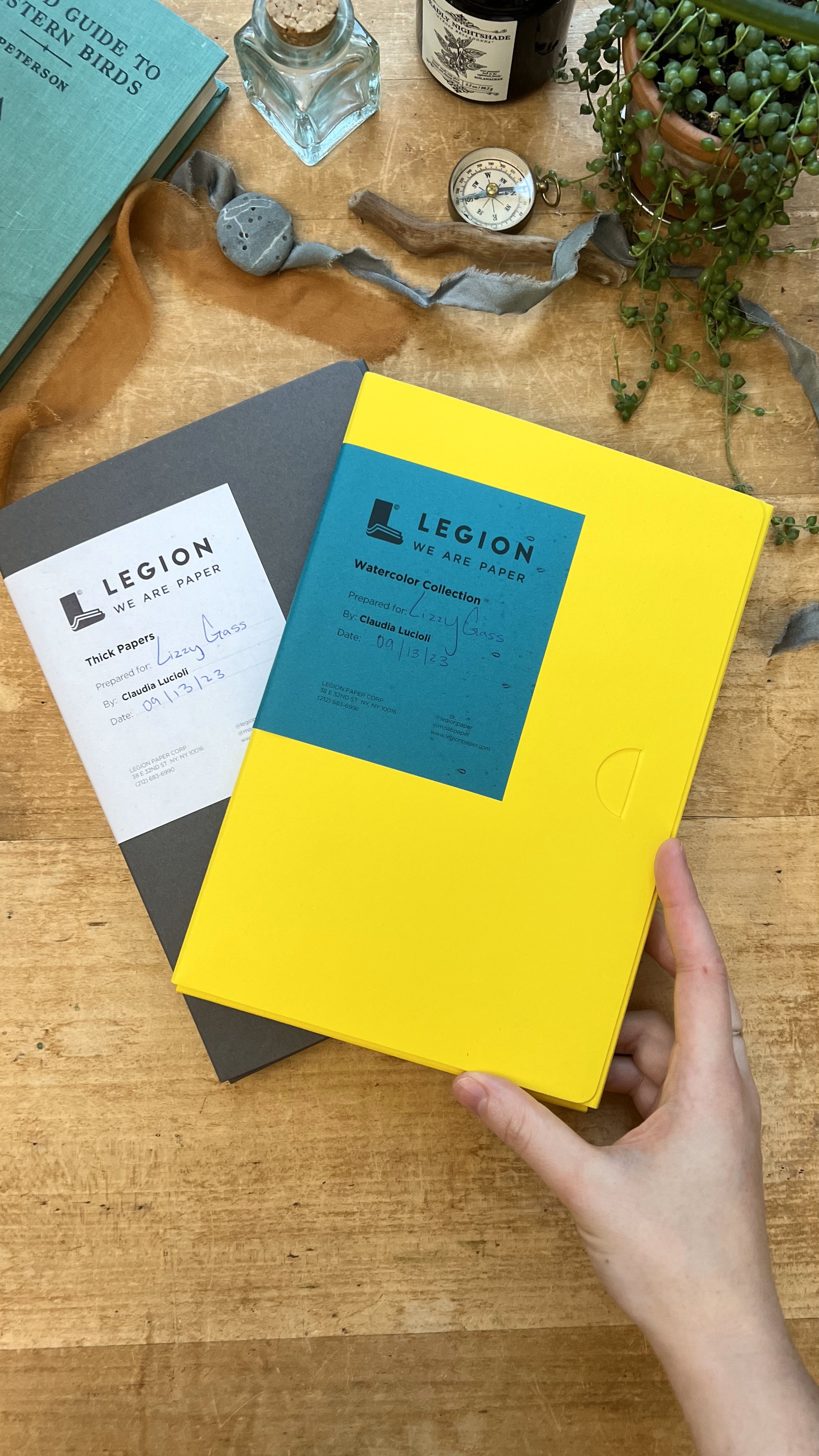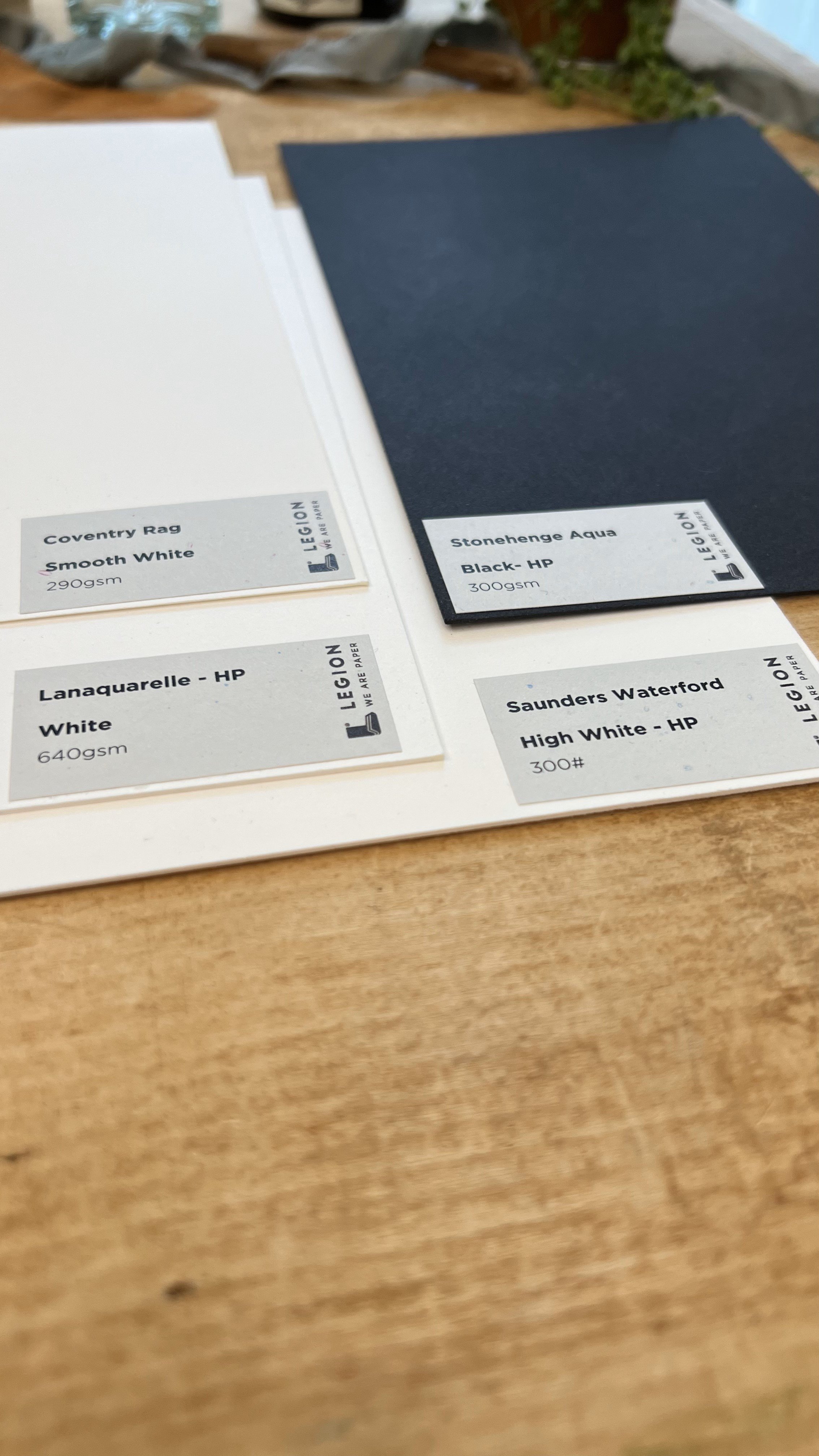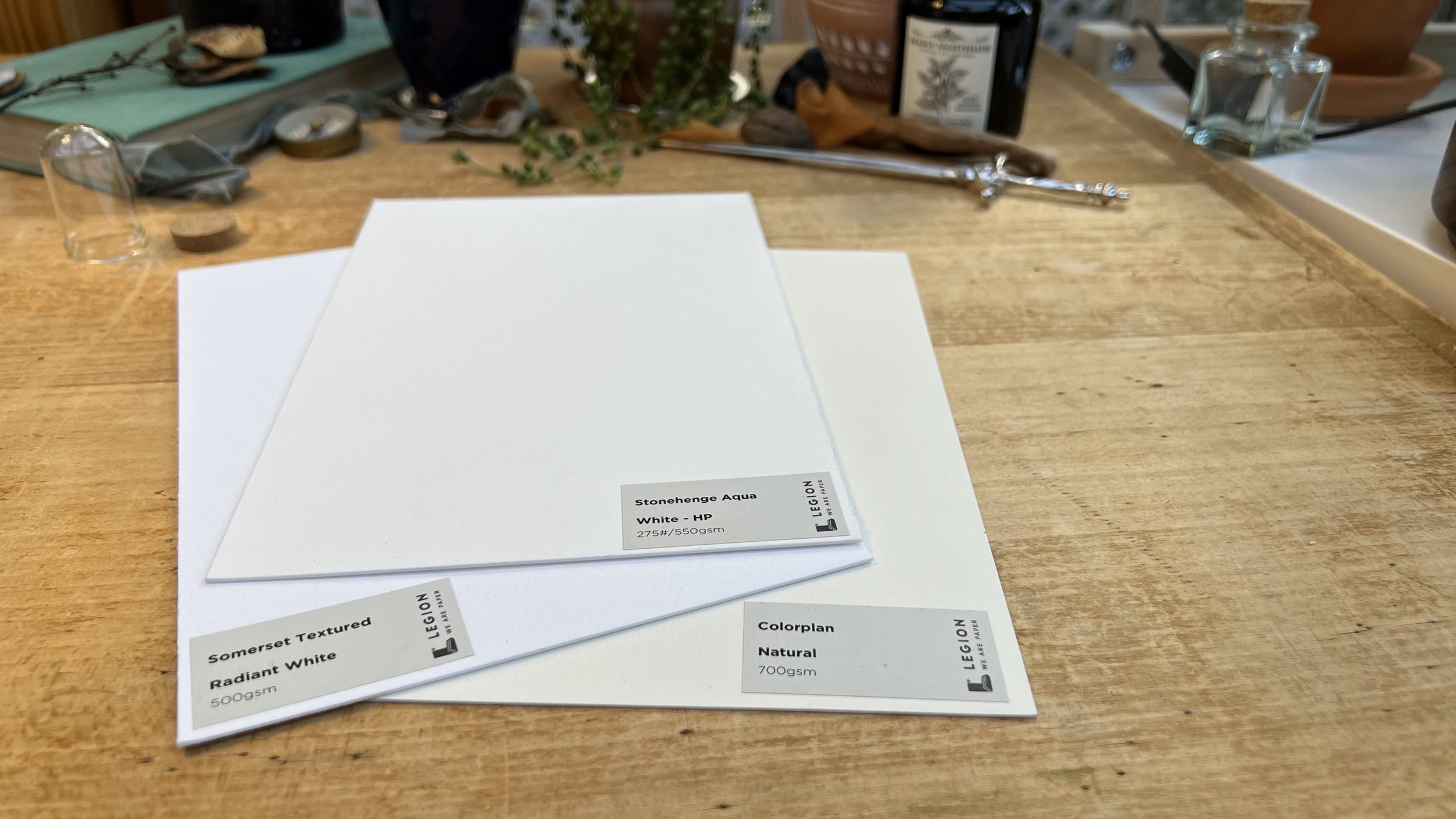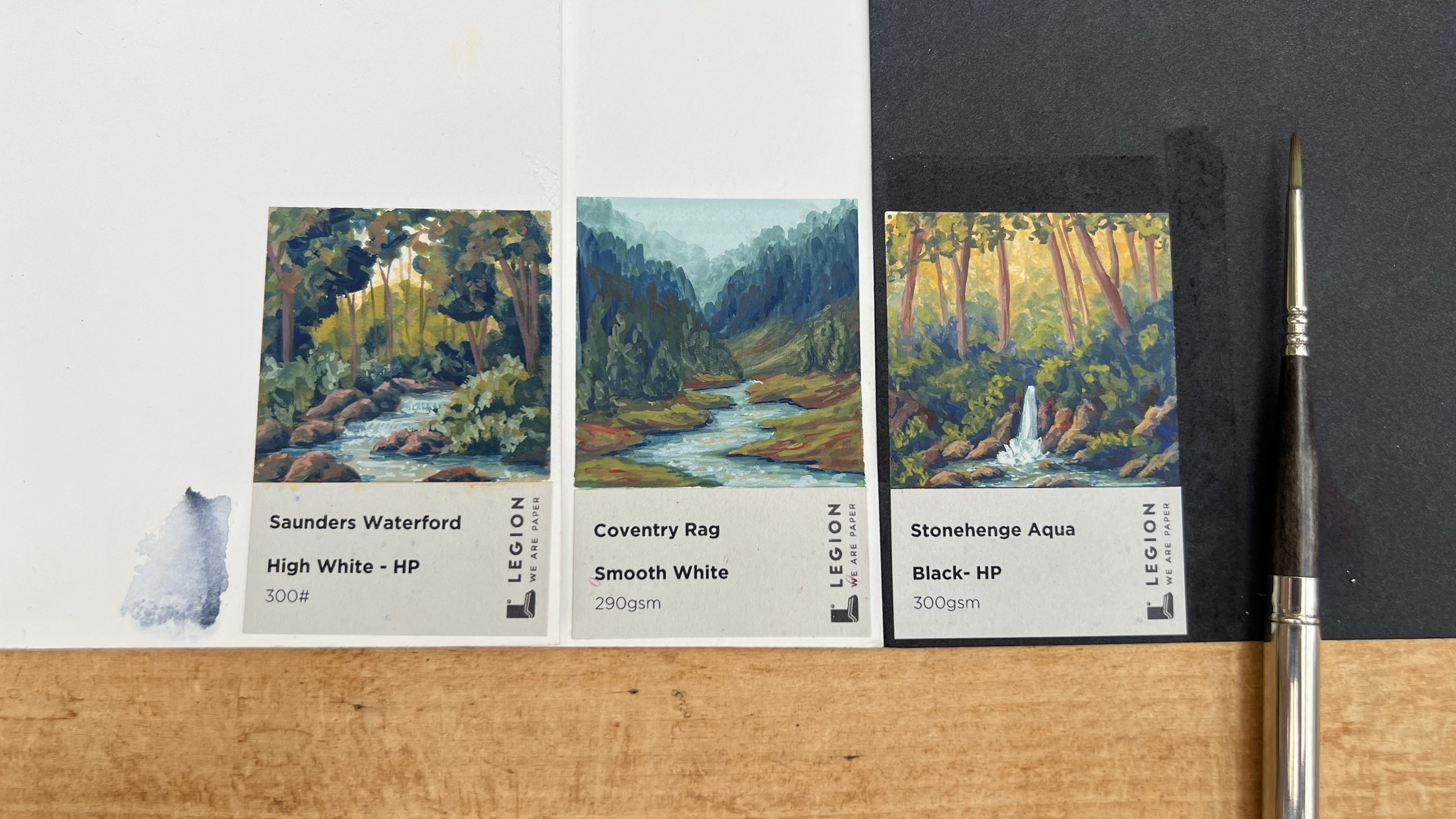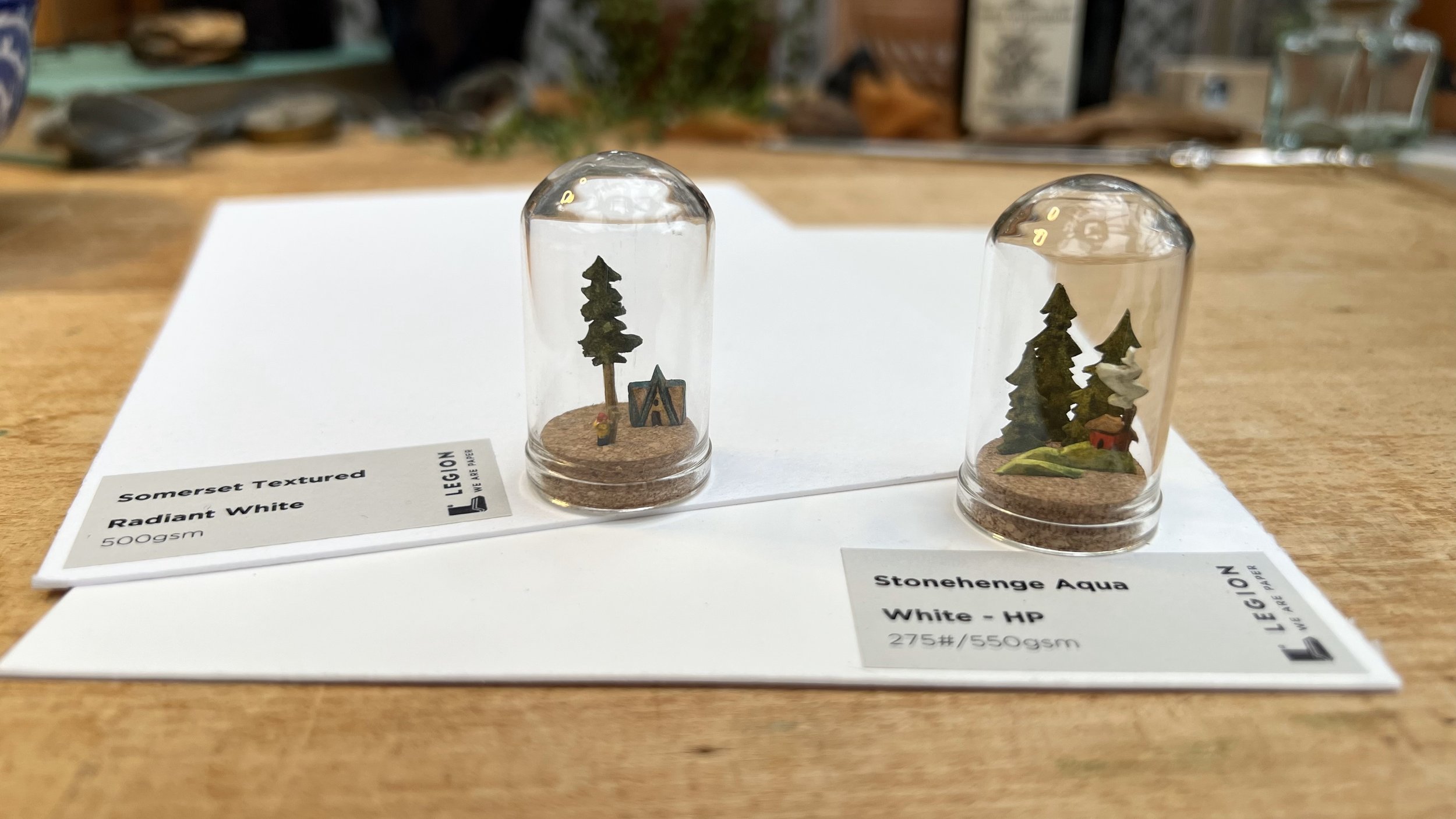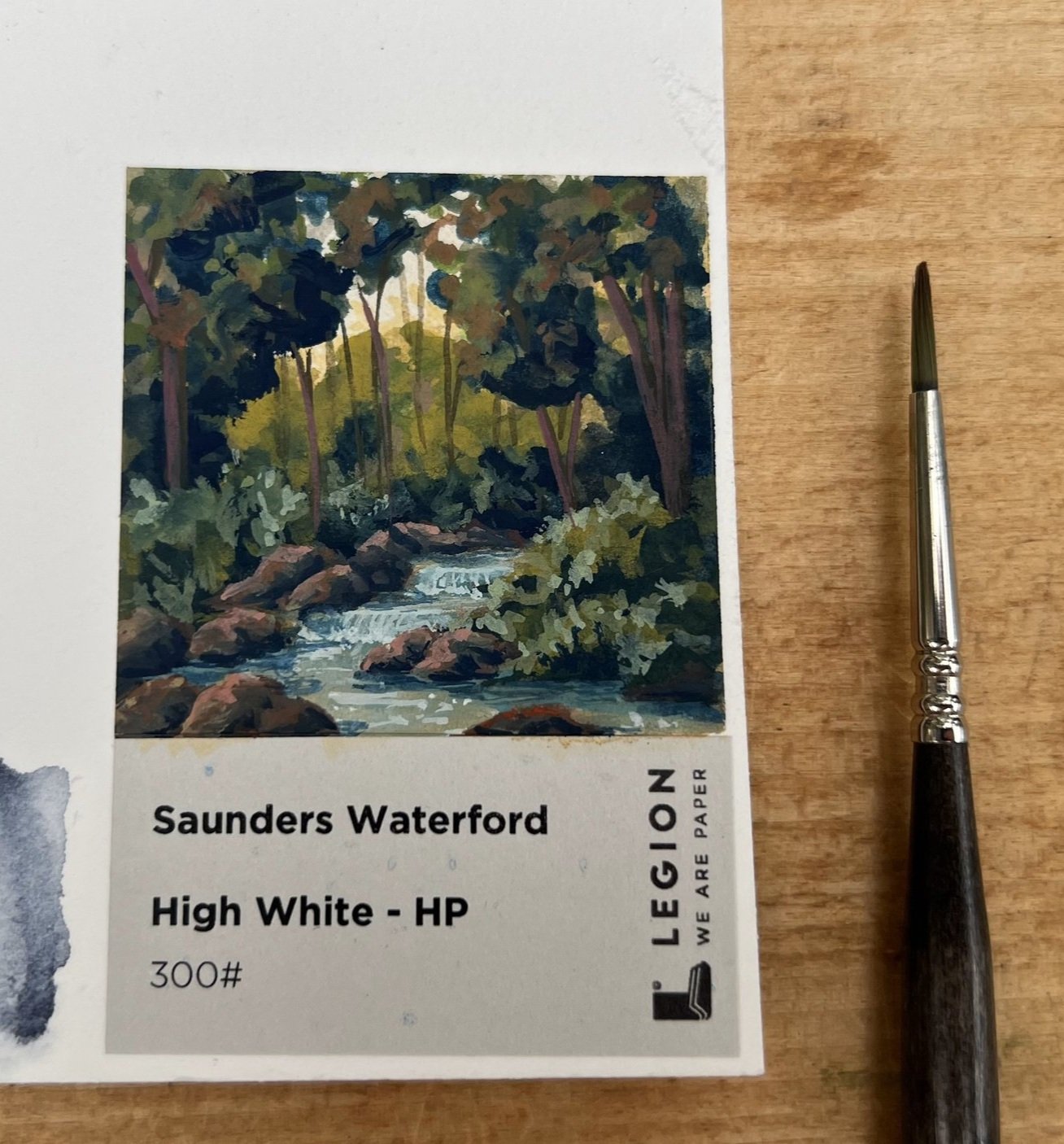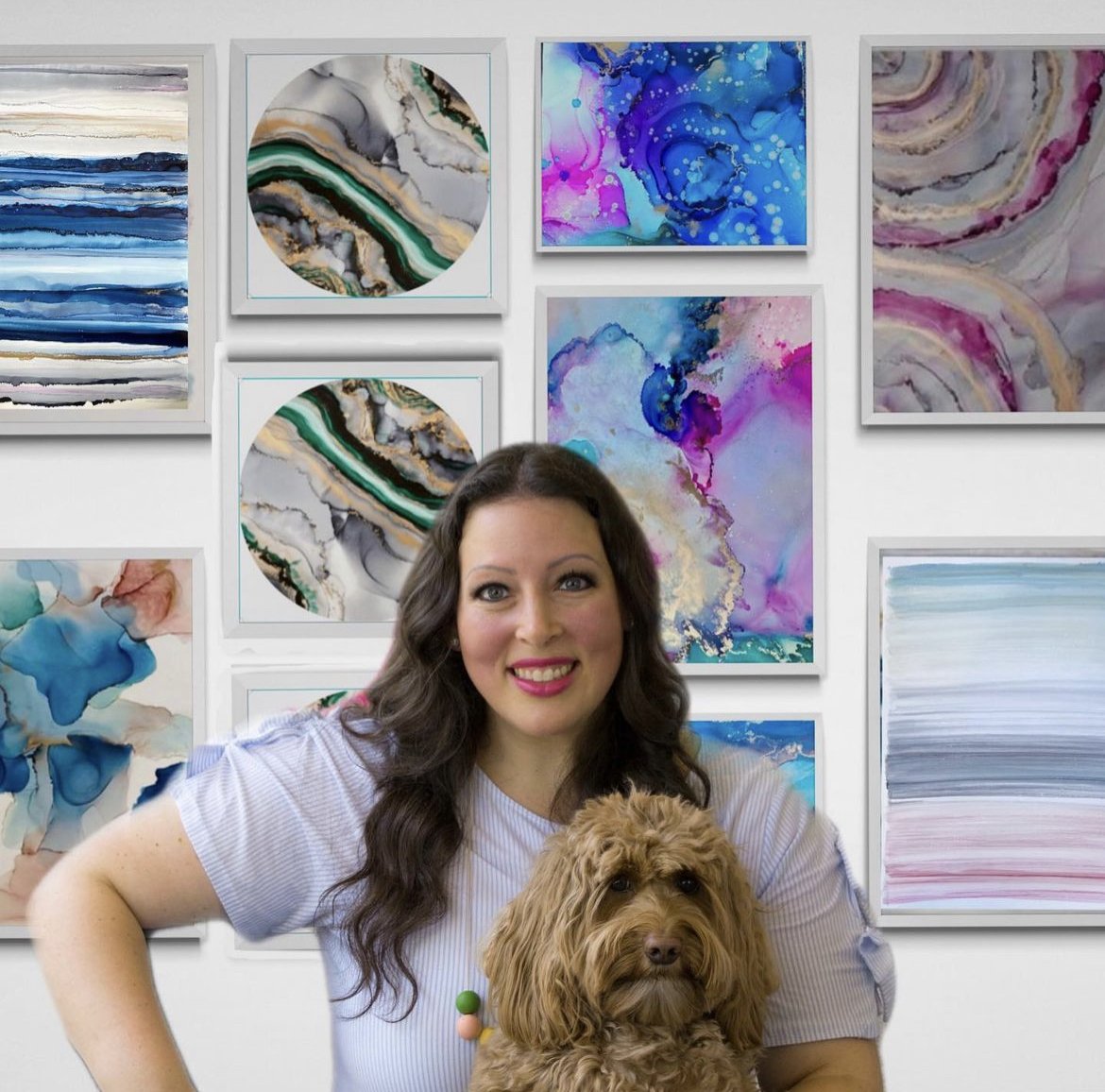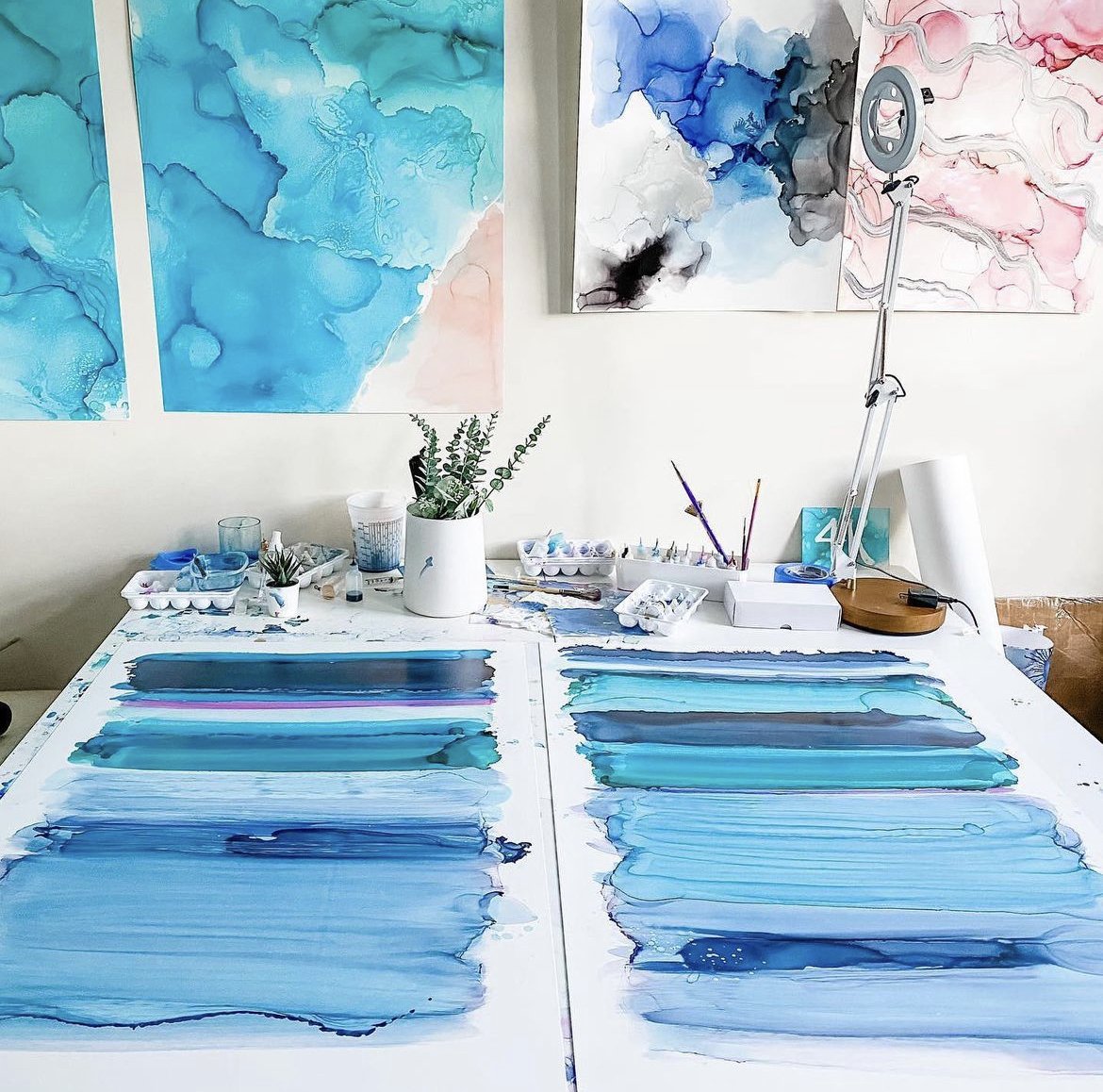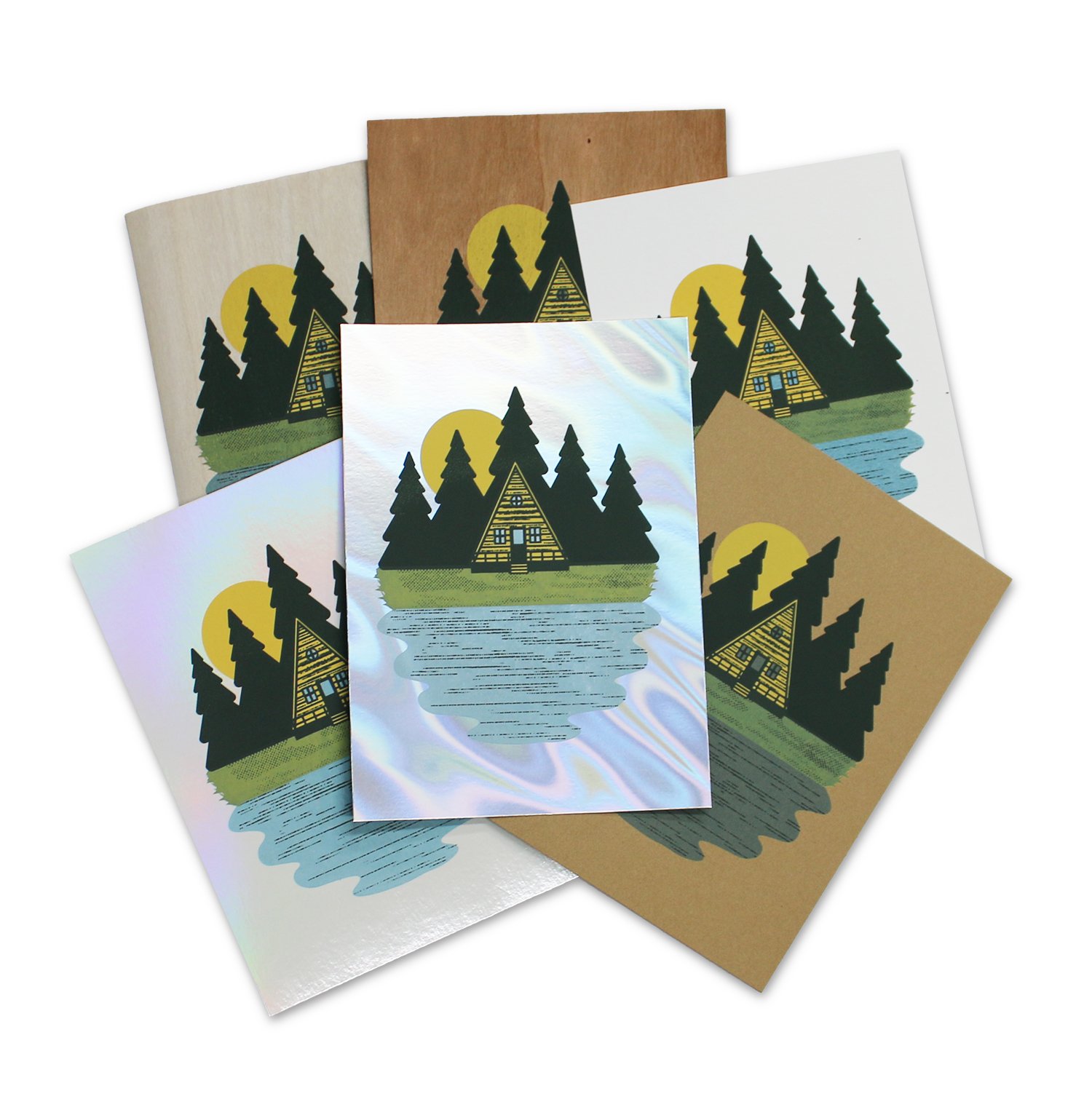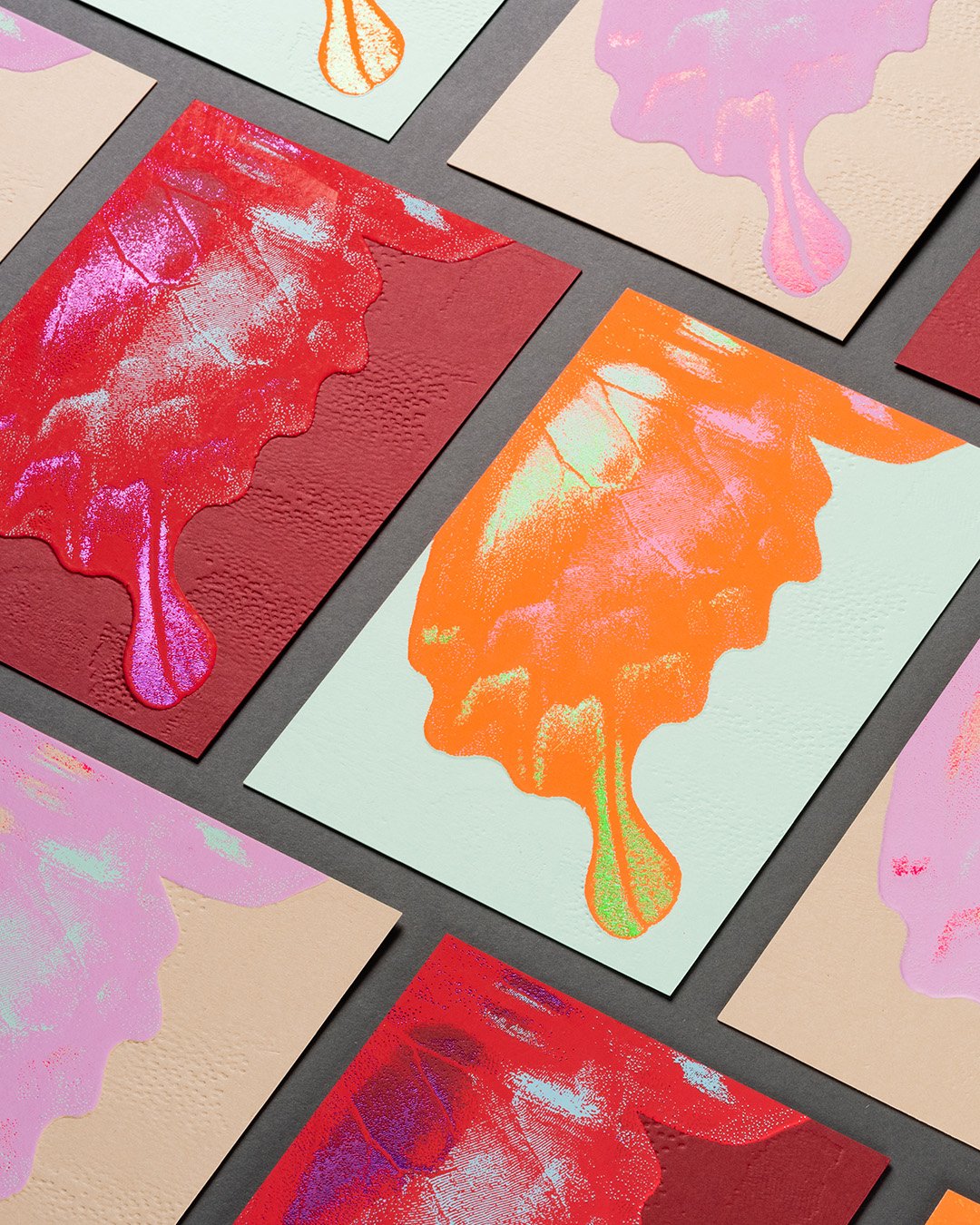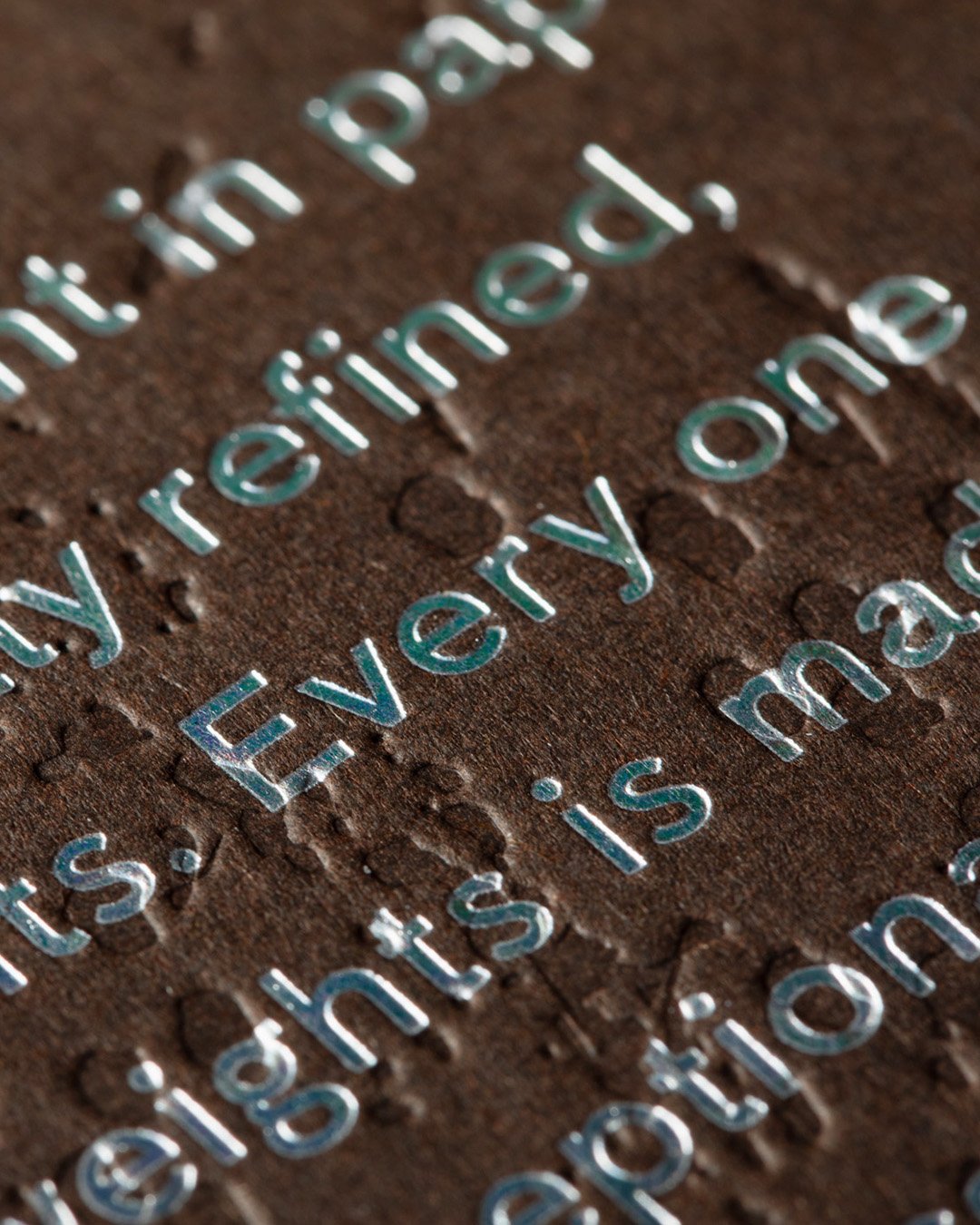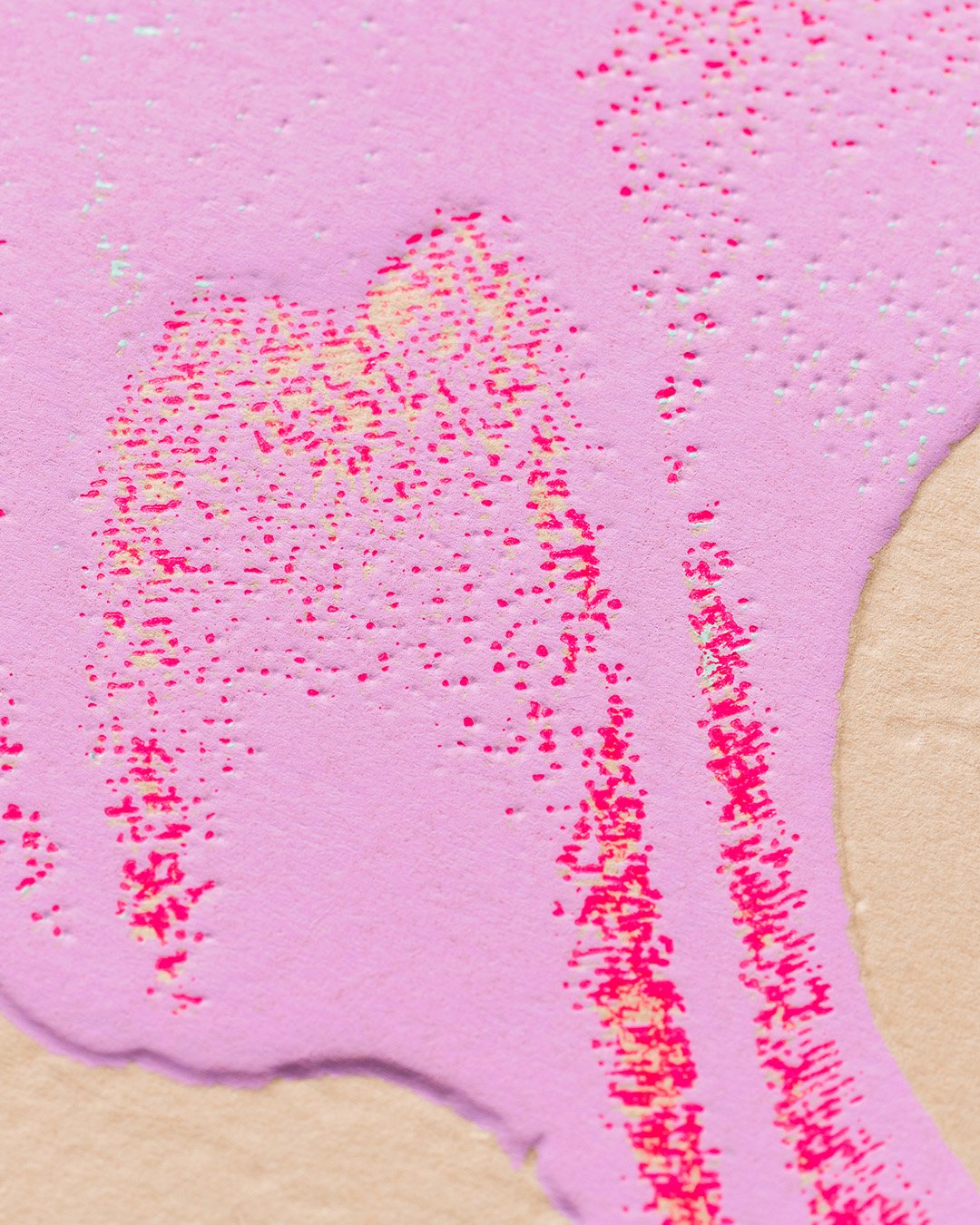About Jennifer.
I am a full-time Canadian painter working primarily with watercolour and/or charcoal on paper, with the goal of creating expressive, luminous and finely detailed paintings of historic architecture, landscape and still life. My professional art career began in 1989 after graduating with Bachelor of Fine Arts from the University of Alberta. My paintings are exhibited and collected worldwide, have received significant awards, and are included in many curated fine art publications. I am an elected member the Canadian Society of Painters in Watercolour (CSPWC), the American Watercolor Society (AWS), and Signature Member of the Federation of Canadian Artists (FCA). I regularly serve as critic and jurist for many arts organizations, served on the board of the CSPWC as director and was Chairperson for the CSPWC’s 96th Annual International Open Exhibition. My work has been represented by prominent Canadian Galleries since 1989, including Canada House Gallery in Banff, Alberta (since 2009.) One of my proudest accomplishments of 2023 is reaching the 30th anniversary of my annual one-night solo exhibition held in Edmonton Alberta since 1994.
“Europe on Time”
Watercolour, Arches CP 640gsm 28 x 40”
“Winter Encore”
Watercolour, Arches HP 640gsm 24 x 36”
My process begins by searching or waiting for light in urban and wilderness landscapes through travel and backcountry exploration, gathering reference and details with a camera and notebook. Back in the studio, the design and drawing stages are the foundation of each work. My technique includes everything from undiluted paint to thin washes, dry brush to wet-in-wet application, and single strokes to repeated layers. Finished paintings take from several days to several weeks depending on size, detail, and depth of colour and complexity of execution.
“Paradise Valley” Charcoal & Gouache, 42 x 15.5” Stonehenge
Which papers did you test?
Since I already use Arches and Stonehenge, I tried the following papers:
Lanaquarelle Smooth 1114 lb. white
Lanaquarelle CP 1114 lb. white
Saunders Waterford CP 300 lb. White
Saunders Waterford CP 200 lb. High White
Saunders Waterford smooth 300 lb. High White
Saunders Waterford smooth 200 lb. White
Stonehenge Aqua 275 lb HP white
All of these papers are considered archival, PH Neutral, and made of 100% cotton (except for the Bockingford which is High alpha Cellulose, and the Legion Bamboo.)
To test the papers, I lined them up and used a single stroke of the primary colours across all, as well as pencil marks and charcoal so I could do a side-by-side comparison of the effects. Then I painted patches of paint on the front side, and painted wet-in-wet with the same colours on the other side. This allowed me to compare how the paint applies to the paper, how colour reacts with and appears on the paper, how much lifting, erasing and scrubbing are tolerated, and after leaving them to dry over night, how flat the papers stay.
Next, I made a shortlist of four papers to make four small paintings in order to more completely test their characteristics. I chose still life as the genre as it works well for small paintings, and completed two watercolours, one charcoal and one combination.
Which paper(s) worked well for your work? what did you like about these papers?
“Night Music” Watercolour, 7.5 x 7.5”
Lanaquarelle Hot Press White 640 gsm
I enjoyed this paper the most for its balance of absorbency and lift, the velvety refined texture and bright but warm white colour. It did not warp, and the surface integrity remained intact with erasing and lifting. Edges were easy to blend, lifting was clean, and the colours appear vibrant.
“Map & Compass” Watercolour, 7.5 x 7.5”
Saunders Hot Press High White 300
Though I liked the surface texture, I found the paint lifted too easily, and so I would not choose this for larger paintings. The creamy colour is useful for the right image, and lends to the warmth of the parchment map in this painting, but would not be my first choice for paintings needing a brighter white. I will try a charcoal on this paper in the future as I think it has the right tooth and texture.
“Silvered Sugar” Watercolour, 7.5 x 7.5”
Stonehenge Aqua Hot Press White 550 gsm
I liked the bright smooth texture for fine crisp detail when using wet brushed charcoal, and the bright white colour which results in clean specular highlights. The hot press doesn’t have quite enough tooth to hold dry charcoal for the deepest blacks, so I will try the cold press next time. The surface tended to pill with scrubbing, erasing and burnishing. (I am rather tough on paper!)
“Operetta” Watercolour, 7.5 x 7.5”
Legion Bamboo 530 gsm
The slightly ivory colour & luxurious feel and weight of this paper is lovely. For me it doesn’t have quite enough absorbency for layering colour, and slightly too much texture for the smooth effects I try to achieve with charcoal. Though it is not an optimum paper for my particular style of painting, I appreciate the use of alternative fibers to produce artist’s quality materials, and I look forward to learning about more innovations in the industry.
What are important characteristics of a paper for your particular kind of work?
Acid-free archival quality paper is a pre-requisite to any paper or surface I use.
Size is always a consideration as I work outside the usual full or half sheets, so I prefer the largest sheets I can get (eg. Arches 40 x 60” 1114 lb, 640 gsm) and always have a roll of Arches on hand.
Sizing: the right balance of absorbency and lift is critical for my technique of repeated washes/ glazing, direct undiluted application and the ability to remove paint for highlights, soften edges or correct mistakes. The paper needs to hold the previous layer enough to allow subsequent layers to be be applied without removing the first layer to achieve luminosity, saturation and a full range of values.
Surface strength: needs to withstand repeated washes, scrubbing, lifting, and erasing without pilling, damage to the surface, or pencil imprints. If using charcoal, the paper also has to withstand the physical application of charcoal with a variety of tools, whether applied directly or with a stomp, fingers, fabric, paper towel, etc…
Texture: I look for certain textures depending on size and subject matter. Generally, I prefer a smoother surface for fine details (still life and refined archicture) and more texture for larger less precise imagery.
Tooth: For charcoal, the paper needs to have the enough tooth for the charcoal to adhere but still be erased.
Stability (dimensional strength) : I prefer a heavy paper that will not cockle with application of water (640 gsm is preferable.) That being said, I soak and stretch all papers regardless of weight to ensure a flat painting.
Colour & brightness: Since watercolour is transparent, the paper colour is part of the paint palette and its brightness is a determinant in creating lumosity and highlights. I gravitate to bright paper with slightly warm undertones.
“Age of Steam” Watercolour, 26 x 39”
Arches CP 640 gsm
What will be your go-to paper moving forward?
I have used Arches hot and cold press papers as well as Stonehenge drawing paper for the past 35 years and will continue to do so. However as a result of this experiment, I look forward to adding the Lanaquarelle hot press 640 gsm for smaller and highly detailed paintings and the Saunders Waterford smooth for charcoal work.

